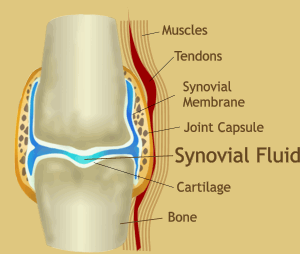What is a "Wear Schedule" and Why You Need to Know!

A "wear schedule" refers to the amount of time that the rehabilitation team has determined that an individual with limb loss should wear a liner and/or a socket to increase the limb tolerance to the equipment. Regardless of the routine you choose, the individual with limb loss needs to regularly increase the amount of time that they are wearing the liner/prosthesis and decrease the time that they spend out of the liner/prosthesis until they are able to ambulate throughout the day without skin breakdown.
It is important to understand that the skin covering the distal limb was not designed to bear weight, but it can be modified with an appropriate wear schedule. Most current liner designs use a material that will pull the skin to fill the space of the liner, acting almost like a wet suit to protect the limb. Wearing the liner will increase sweat and may cause skin break down if worn for long durations without building up a tolerance. Weight bearing in the socket without a proper wear schedule could cause bruising. Also, if a socket is not fitting well, regular skin checks could reveal a problem with the design before it actually causes a skin break down. For example, if you are regularly removing the socket each hour to examine the skin, you may notice an area of redness that does not resolve and; therefore, will require a modification BEFORE you see a resulting blister and/or open wound.
So what is the best wear schedule to promote a healthy limb? Great question! Best answered in typical medical speak: it depends! Ha! It is important that the team, including the patient, develops the schedule. Also, I recommend that it match typical daily schedules as compared to timed wears. For example, wear the limb upon waking and remove after breakfast, put back on for lunch and wear until arriving home from work and remove for the evening. Typically, it is easier for individuals to follow daily routine schedules versus the one hour on and one hour off because they will forget to check the clock and "accidently" wear it too long. If the team does prefer a timed schedule, I recommend using the alarm ap on your phone to maintain the routine.
In the end, following the routine may seem like a long and tedious process, but as I always say, "small steps make big goals!" Following the schedule will promote healthy skin and reduce the risk of folliculitis, contact dermatitis, blisters, and bruises that could cause significant set backs in rehabilitation.

















